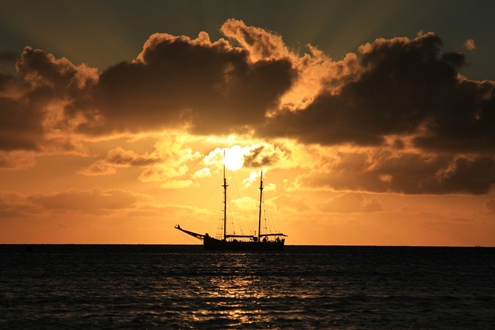In previous years when taxing a vessel, there has been much confusion regarding the interpretation of the wording; ‘ships designed to navigate on high seas’. In other words, is taxation of said vessel based on the intended purpose, or is it based on how the ship is used?
This year the Italian government has planted their flag in the sand, and using the international law of the seas’ (article 3) it has ruled that the definition refers to areas of water which are 12 nautical miles from the base line. The ruling means that vessels could benefit from a tax exemption on purchases for commercial, industrial or fishing supplies; fuel, equipment, spare parts, and maintenance where they fall under the definition of being a ship designed to navigate on high seas. The exemption applies to ships carrying fee-paying passengers, and ships involved in commercial or fishing activities.
The new Italian tax resolution, under the approval of the EU Courts, further adds much needed clarity to the existing legislation, and deems that the exemption should be based on usage of the vessel and not it’s structural classification. Exemptions are applied based upon time spent on high seas – 70% of voyage time must be spent on high seas, and this must be supported with evidence from the ship’s log book.
While the exemption applies to vessels that carry passengers and/or provide a service at sea, it does not, however, apply to those vessels that provide an emergency or rescue service, and vessels that fish in coastal regions that fall within the 12 nautical mile boundary.
Interestingly, ships that are under construction can apply and benefit from the exemption as all exemptions are given based on the previous year’s activity or deemed activity. Declarations must be given that the vessel is designed and prepared for high sea navigation. Once the vessel has hit the water and carrying out its designated service, the ship can gather the allocated time from the moment she’s waterborne.
What this means is that applications can be submitted and processed while the ship is under construction, and redeemed the following year; saving you time and money. Just make sure that you rack up those hours on the high seas throughout the year!






